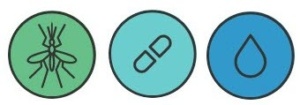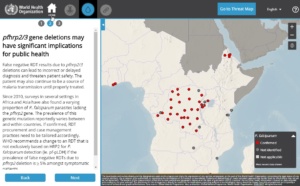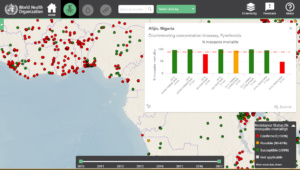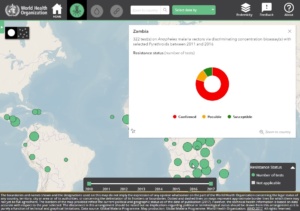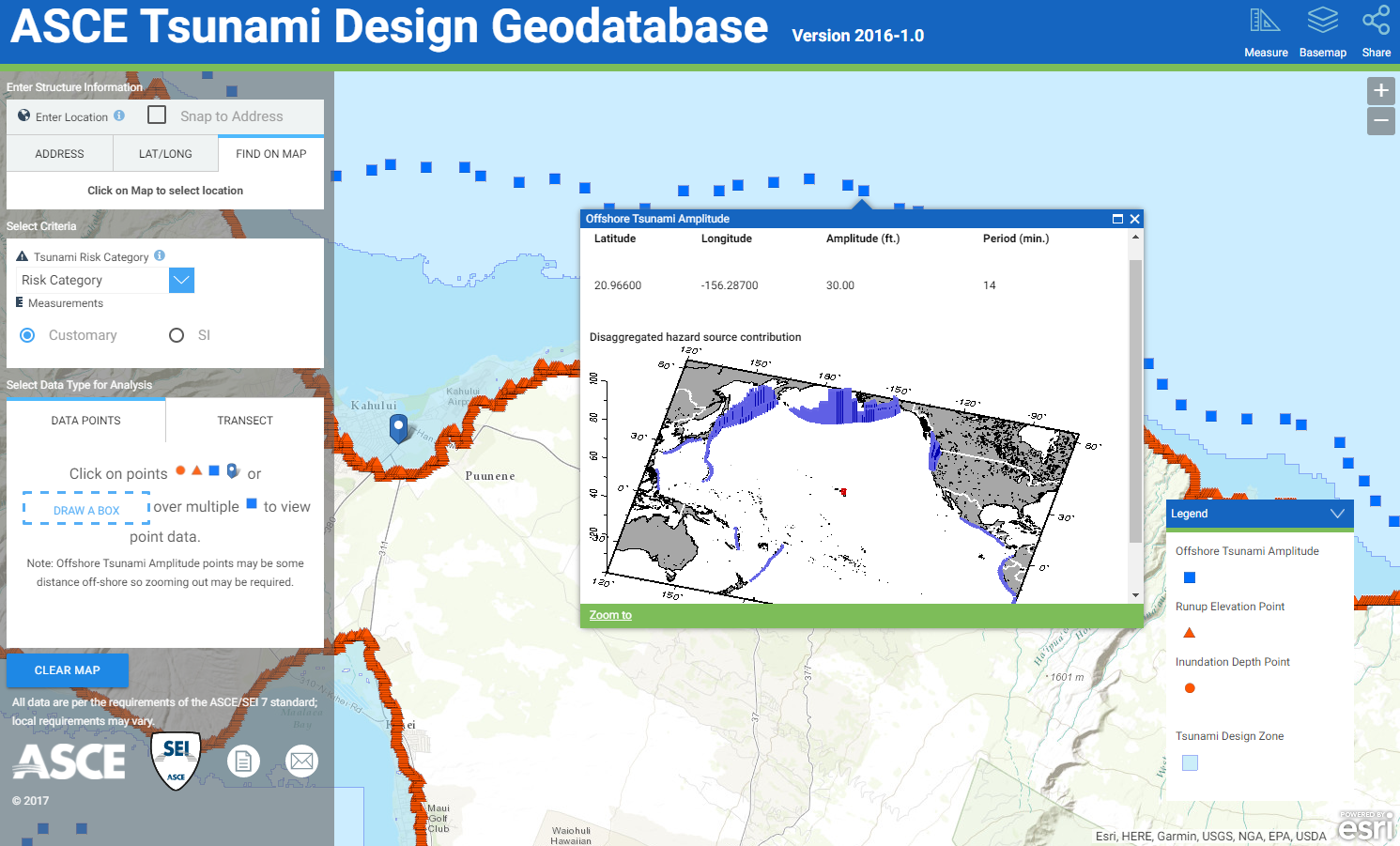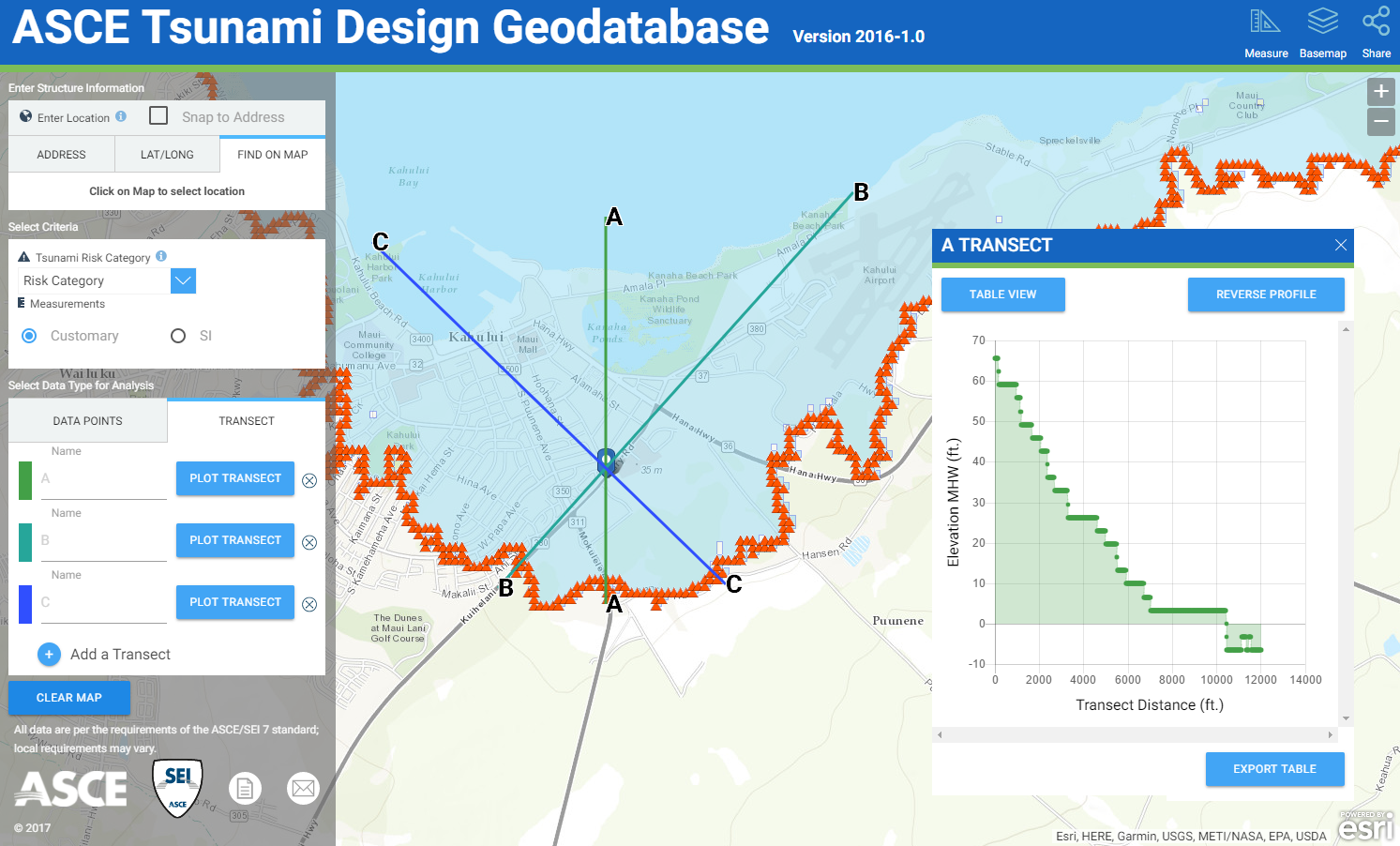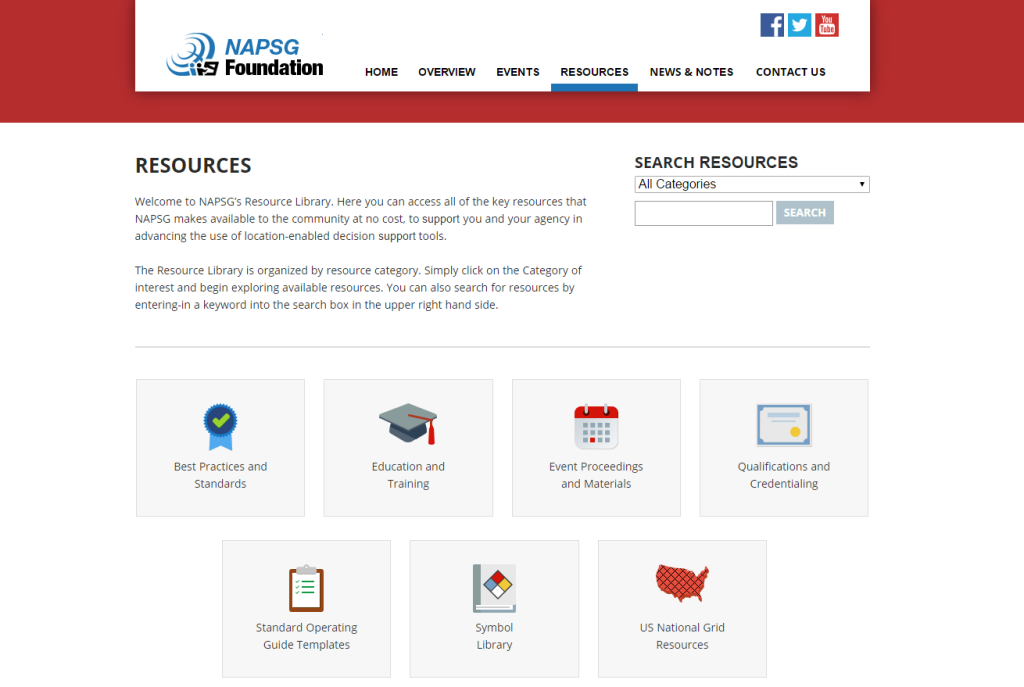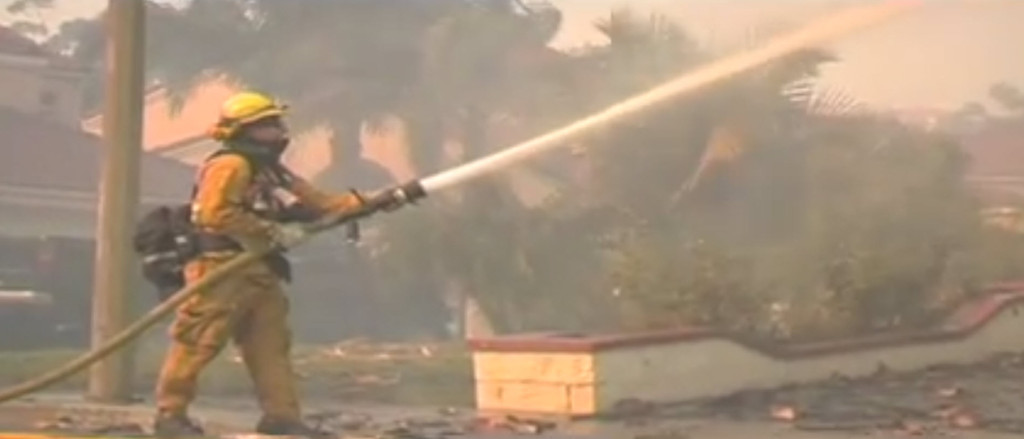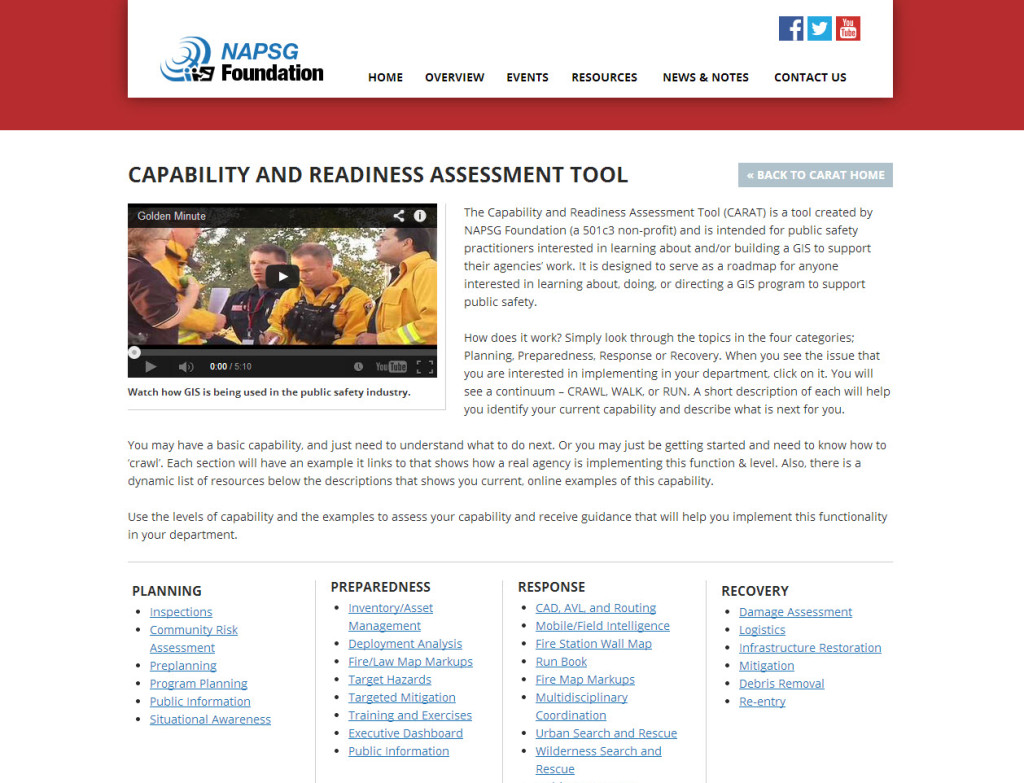Blue Raster is proud to announce the debut of the Malaria Threats Map application, a collaboration with the World Health Organization (WHO) aimed at tracking biological challenges to malaria control and elimination.
Recent trends are emerging that necessitate a need for authorities to adapt plans for control and elimination of Malaria and counter the growing threat.
The application is the sole source for linked spatial and analytical data about these three trends:
- Vector Insecticide Resistance -resistance of malaria mosquitoes to insecticides
- Parasite Gene Deletions-Gene deletions among some malaria parasites cause false negative diagnostic test results
- Parasite Drug Resistance– Resistance of malaria parasites to artemisinin, core compound of the best available antimalarial medicines – threatens antimalarial drug efficacy
The application offers a story-map like feeling by introducing data through curated narratives and is available in English, French and Spanish.
Using technologies such as ArcGIS for Server, ArcGIS API for JavaScript, React, Redux, and HTML5 the application displays detailed information to users and allows them to filter for thousands of historic outcomes.
Phase I of the application was completed in 2017 with plans for a Phase II in 2018.
Read more about the application on the WHO site.

